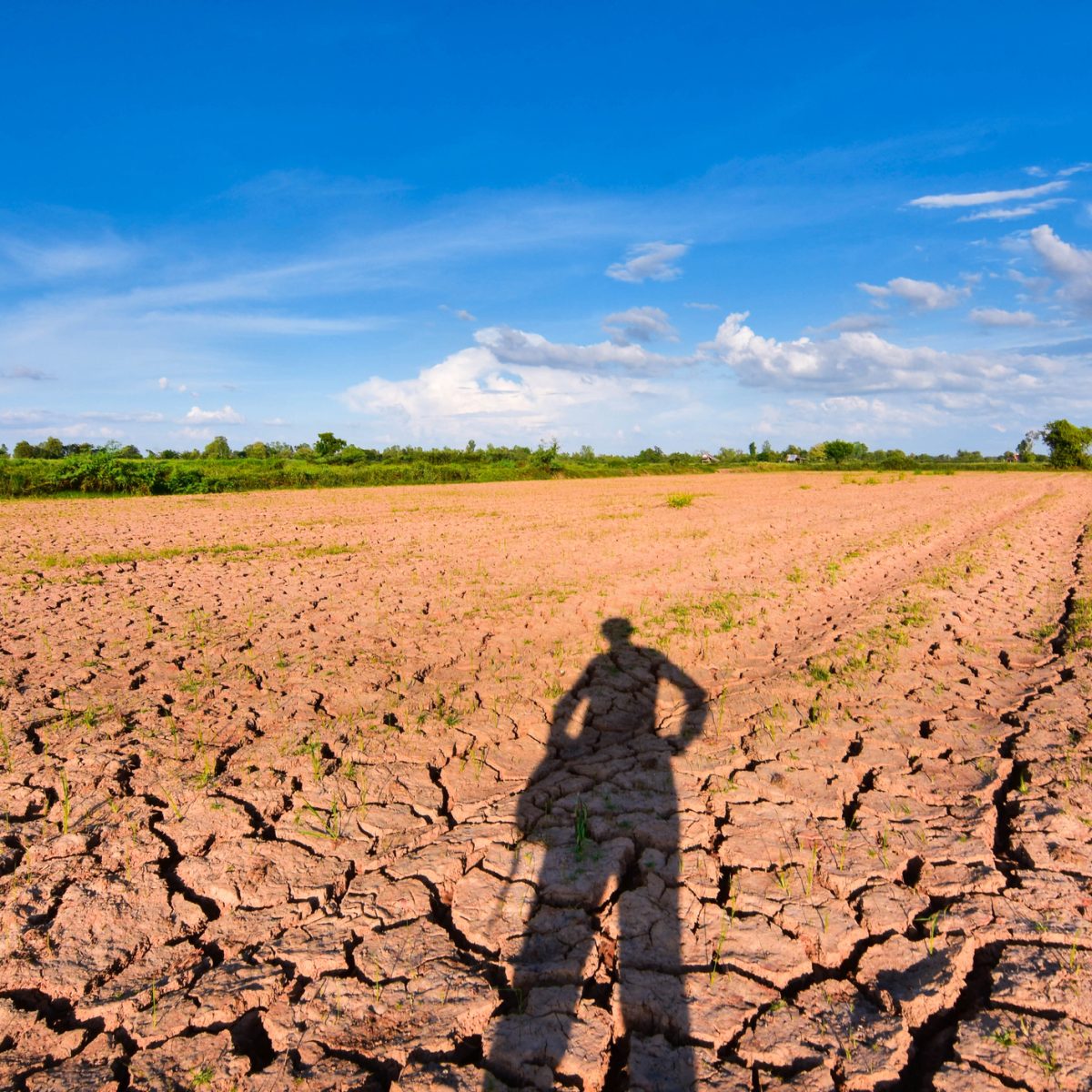The historical rise and fall of the Tibetan Empire was influenced by climate change, according to a study by researchers from the Chinese Academy of Sciences. The scientists reconstructed the climate in Tibet over the past 2,000 years by analyzing sediment from the JiangCo Lake on the Tibetan Plateau. They found that the climate in Tibet was unusually warm and wet between the 7th and 9th centuries AD, and that changes in warm and wet versus cold and dry conditions were strongly correlated with the expansion of the Tibetan Empire. The study shows that warm and wet conditions promote agriculture and animal husbandry on the plateau, while cold and dry conditions have negative effects.
The researchers used high-resolution XRF element analysis and carbon isotope analysis of the sediment to reconstruct precipitation and temperature over the past 2,000 years. They found that certain areas of the Tibetan Plateau were only inhabited during warm and wet periods, and that the area used for agriculture and animal husbandry varied by 10.88 million hectares between warm and wet and cold and dry periods. The study highlights the significant impact of natural climate change on human activities in Tibet.
This research adds to the growing body of evidence that climate change has played a significant role in shaping human history. The study also underscores the importance of understanding the complex interactions between climate, ecology, and human societies in order to develop effective strategies for adapting to and mitigating the impacts of climate change.










